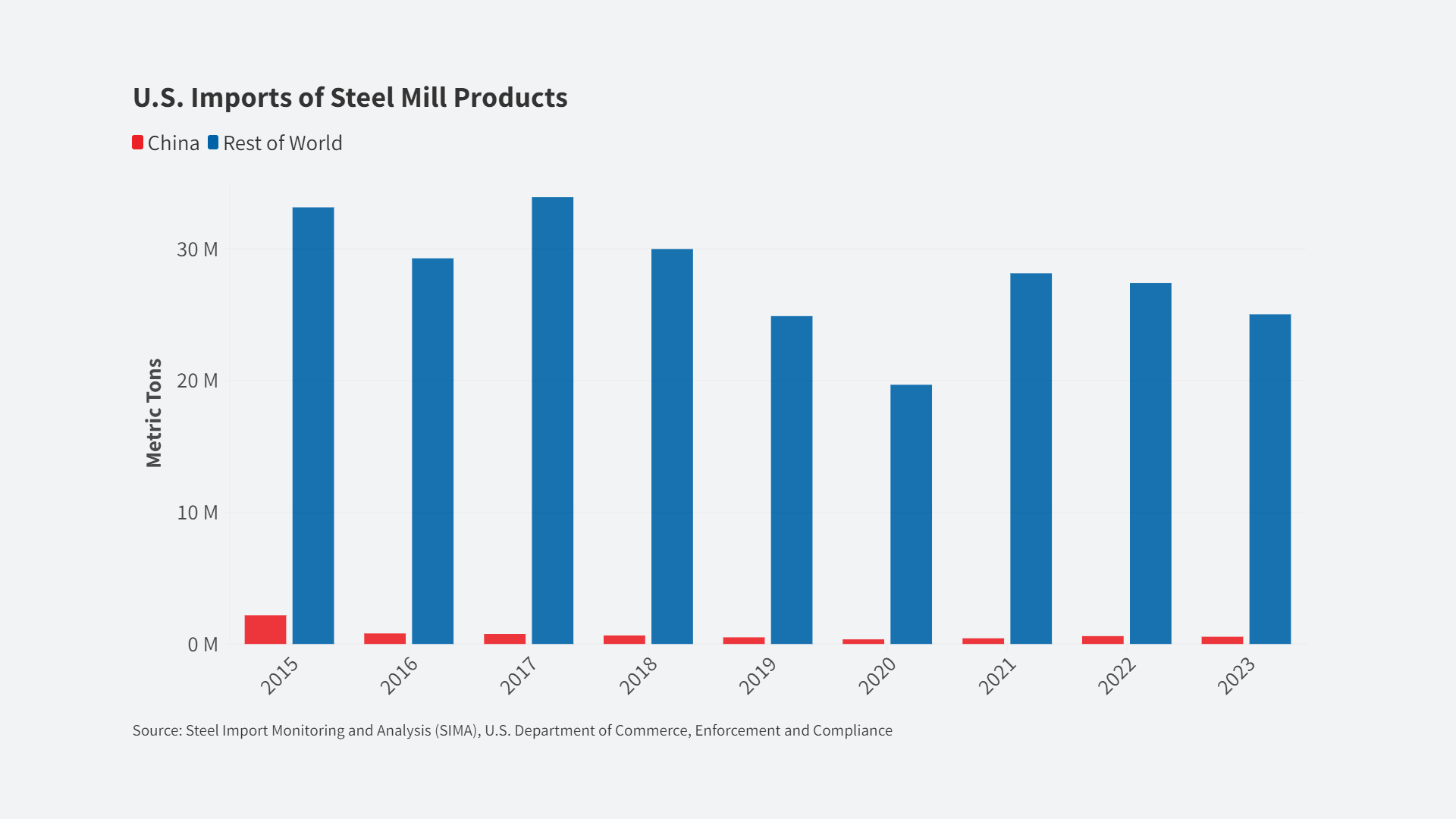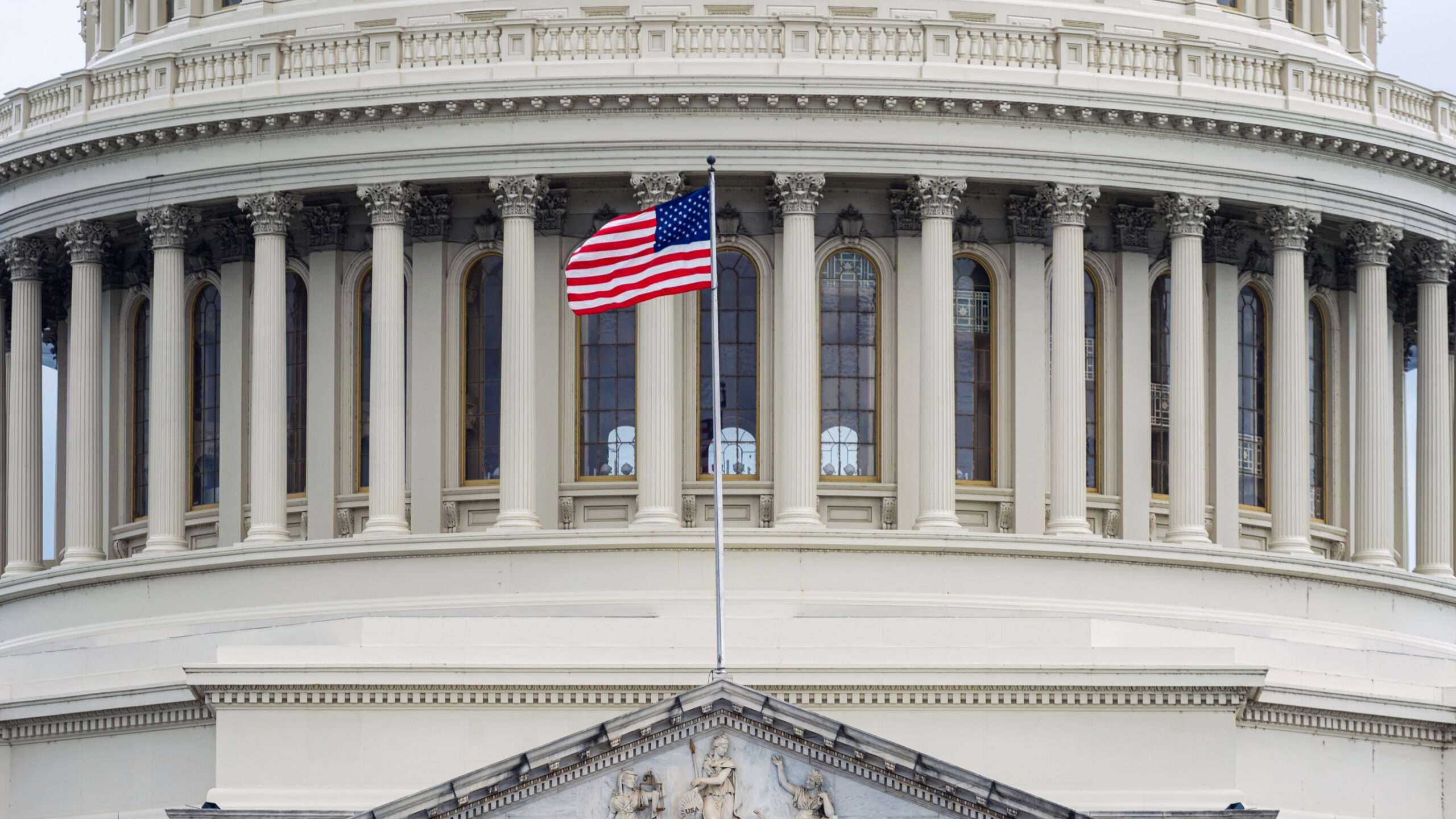
WASHINGTON—The Trump administration is considering changing the way it calculates U.S. trade deficits, a shift that would make the country’s trade gap appear larger than it had in past years, according to people involved in the discussions.
[WILLIAM MAULDIN and DEVLIN BARRETT | February 19, 2017 |Wall Street Journal]
The leading idea under consideration would exclude from U.S. exports any goods first imported into the country, such as cars, and then transferred to a third country like Canada or Mexico unchanged, these people told The Wall Street Journal.
Economists say that approach would inflate trade deficit numbers because it would typically count goods as imports when they come into the country but not count the same goods when they go back out, known as re-exports.
Data on trade balances and surpluses, widely followed by Congress, are at the center of a political battle over whether existing trade agreements should be retained, renegotiated or tossed out altogether.
A larger trade deficit would give the Trump administration ammunition in arguing that trade deals need to be renegotiated, and might help boost political support for imposing tariffs.
Career government employees objected last week when they were asked to prepare data using the new methodology, according to the people familiar with the discussions. These employees at the U.S. Trade Representative’s office complied with the instructions, but included their views as to why they believe the new calculation wasn’t accurate.
One person familiar with the discussions said the employees were told the new calculations were to be presented to members of Congress.
The effect of such a change would be particularly stark on data involving countries that have free trade deals with the U.S., this person said—and in some cases the new methodology could even change a trade surplus into a trade deficit.
Trump trade officials said the idea is part of an early discussion and that they are examining various options. It is unclear whether the administration would adopt any new approach for measuring trade as part of official government data, or just use the higher deficit calculation to make the case for new trade deals.
“We’re not even close to a decision on that yet,” said Payne Griffin, the deputy chief of staff at the office of the U.S. Trade Representative. “We had a meeting with the Commerce Department, and we said, ‘Would it be possible to collect those other statistics?’”
The Commerce Department’s Bureau of Economic Affairs on Friday said “any internal discussions about data collection methods are no more than the continuation of a longstanding debate and are part of the bureau’s normal process as we strive to provide the most precise statistics possible.”
Edward Gresser, the assistant U.S. trade representative for policy and economics, declined to comment. Robert Lighthizer, Mr. Trump’s pick for trade representative, hasn’t yet received a hearing in the Senate.
A spokeswoman for the Census Bureau, which calculates the trade deficit numbers, said she wasn’t aware of discussions about changing the data.

On the trade deficit, those who support considering a new approach say they are seeking a more accurate picture of the value of products produced in one country and consumed in another. With their focus on domestic manufacturing, Trump administration officials want to measure exports of American-made products, not items shipped from abroad and re-exported.
Several economists interviewed by the Journal were uneasy with fully excluding re-exports from exports but not imports.
“As a statistician, you generally want symmetry,” said Steve Landefeld, former BEA director. “If you’re going to begin to exclude re-exports from the U.S. export figures, you probably for reasons of symmetry” would want to adjust import figures as well.
President Donald Trump has criticized the trade policy of previous presidents and blamed prior trade deals, including the North American Free Trade Agreement, for job losses.
Many economists say trade agreements don’t play a major role in shaping a country’s overall trade balance, which they say are more linked to national investment and savings rates. Others point to the surplus the U.S. has in services trade as a growing competitive advantage, even as merchandise exports lag imports. But Mr. Trump and his advisers see the U.S. goods trade deficit as an indicator of U.S. economic weakness.
He has repeatedly cited the $63.1 billion U.S. trade deficit with Mexico last year. Under the new approach the trade deficit with Mexico would be nearly twice as high, at $115.4 billion. The difference is mostly due to the treatment of re-exports.
Re-exports are currently included in “total exports” figures most frequently cited and used by the Census Bureau to calculate the trade balance.
On the imports side, officials are also exploring switching to “imports for consumption,” a slightly narrower way of measuring imports that would make less of a difference in the overall balance.
The Obama administration, which resisted calls from critics of its trade policy to change the figures, argued that excluding items re-exported from the U.S. export column but including them in U.S. imports could inflate the trade deficit or trim surpluses.













